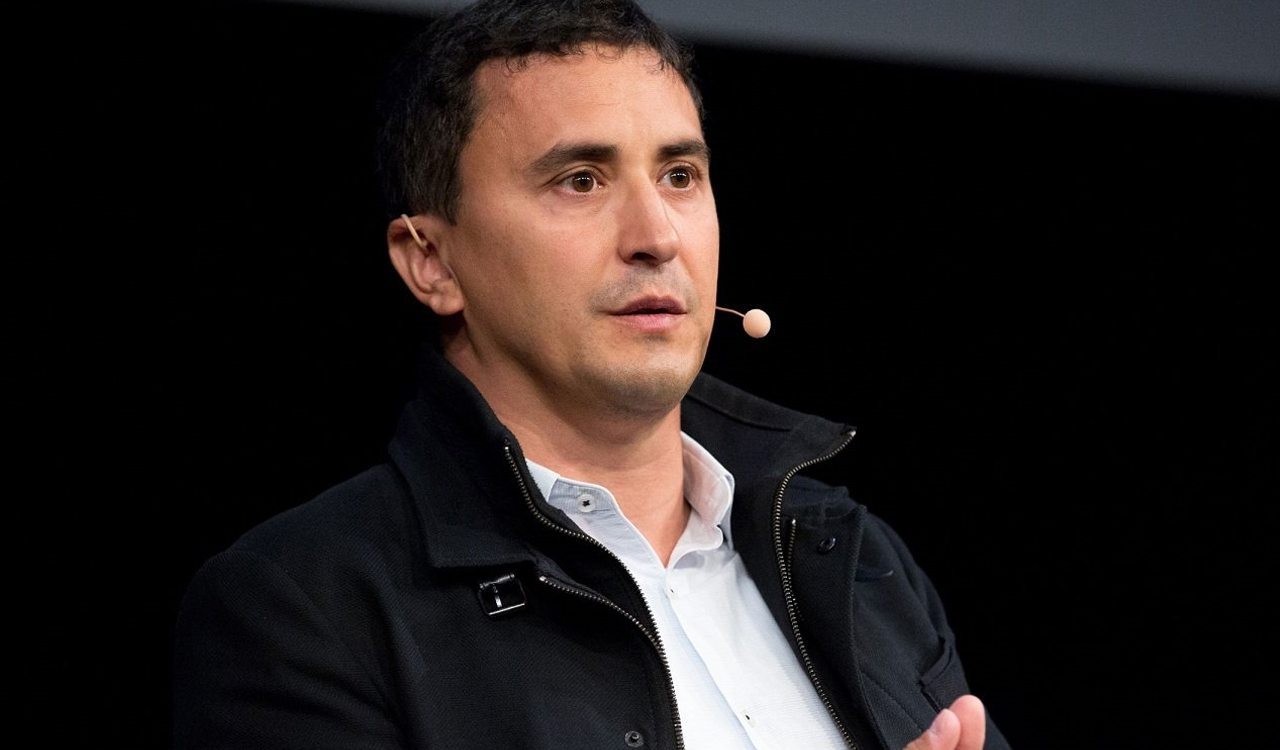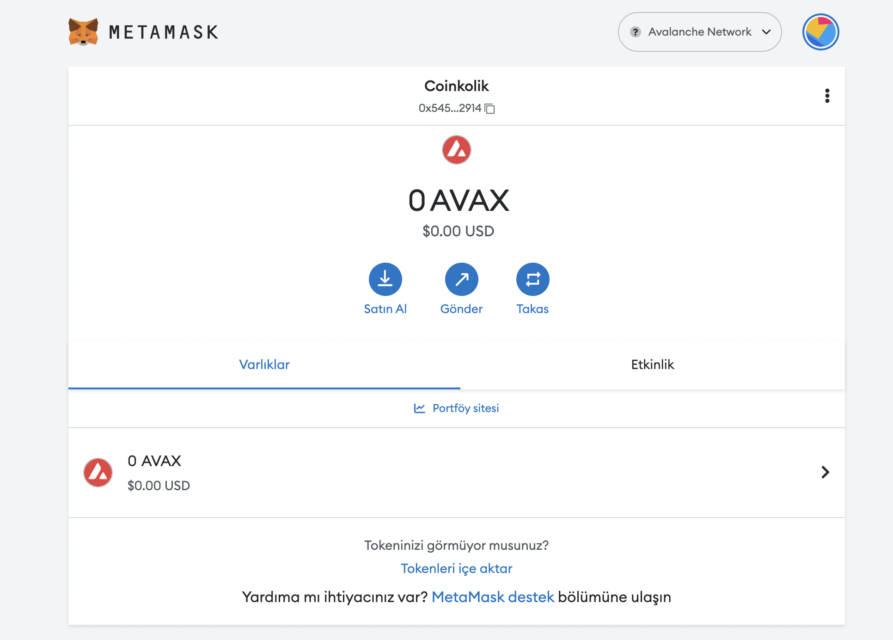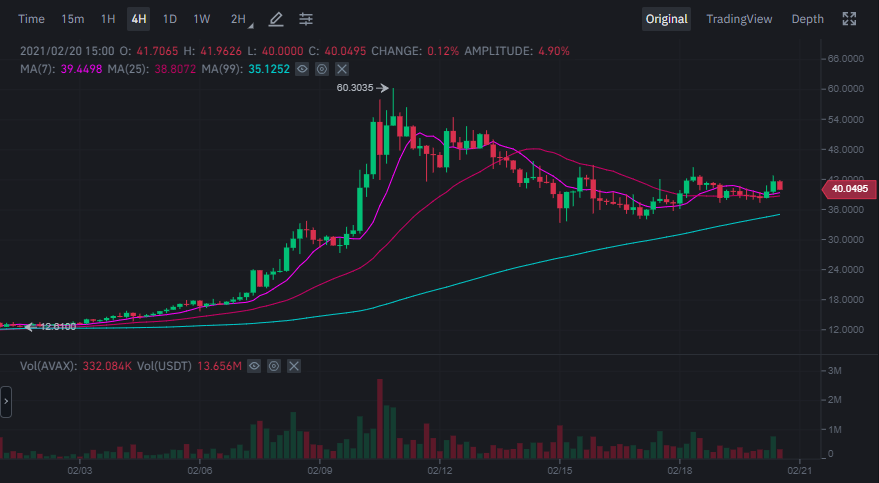Avalanche: Undervalued?
Project History and Origins
Avalanche, an open-source, scalable blockchain platform, was founded in 2018 by Emin Gün Sirer, Kevin Sekniqi, and Jeremy Wood. Sirer, a computer science professor at Cornell University, is one of the initial engineers of Ethereum. Sekniqi is a doctoral candidate in computer science at Cornell University, while Wood is one of the chief architects and founders of Polkadot. Avalanche aims to provide high performance, security, and scalability as a blockchain platform. To achieve these goals, Avalanche employs a three-layered architecture:
Avalanche aims to provide high performance, security, and scalability as a blockchain platform. To achieve these goals, Avalanche employs a three-layered architecture:
- X-Chain: The primary layer hosting smart contracts, asset tokens, and other applications.
- C-Chain: EVM-compatible, allowing easy migration of Ethereum-based applications to the Avalanche network.
- P-Chain: Manages the consensus mechanism of the network.

Avalanche Consensus Protocol (ACP)
The Avalanche Consensus Protocol (ACP) serves as the core technology for Avalanche. ACP aims to achieve high performance, security, and scalability by combining three different consensus mechanisms:
- Snowman: Proof-of-Work (PoW) based consensus mechanism.
- Greedy Heuristic Consensus (GHC): Stake-based consensus mechanism.
- Snowflake: Another stake-based consensus mechanism.
ACP claims to provide the following advantages by combining these three mechanisms:
- High performance: ACP enables the Avalanche network to process over 45,000 transactions per second.
- Security: ACP ensures the Avalanche network's resilience against 51% attacks.
- Scalability: ACP enables the Avalanche network to adapt to future growth.
Technical Infrastructure and Smart Contracts
Avalanche offers various tools and resources for developers to create smart contracts, including:
- Avalanche Golang SDK: A Golang SDK used to create smart contracts on the Avalanche network.
- Avalanche Python SDK: A Python SDK used to create smart contracts on the Avalanche network.
- Avalanche JavaScript SDK: A JavaScript SDK used to create smart contracts on the Avalanche network.
 Avalanche's smart contracts are compatible with Ethereum's smart contracts, allowing for easy migration of Ethereum-based applications to the Avalanche network.
Avalanche's smart contracts are compatible with Ethereum's smart contracts, allowing for easy migration of Ethereum-based applications to the Avalanche network.
Market Status and Performance
AVAX surpassed $100 in November 2021, reaching an all-time high. However, since then, its value has declined, currently trading below $20.
AVAX has a market cap of over $7 billion and ranks 15th in market capitalization.
Community and Communication
Avalanche has an active and growing community. With over 200,000 followers on Twitter and more than 50,000 members on the Avalanche subreddit, the project regularly communicates with its community through blog posts, events, and other channels.
Partnerships and Collaborations
Avalanche has formed partnerships and collaborations with various projects, organizations, and industry leaders, including:
- Creating a bridge between Avalanche-X and Binance Smart Chain.
- Establishing an oracle partnership with Avalanche and Chainlink.
- Integration between Avalanche and MetaMask.
These partnerships contribute to the growth and development of the Avalanche ecosystem.
Risks and Challenges
Every project faces specific risks and challenges. Some of the risks Avalanche faces include:
- Competition: Avalanche competes with other scalable blockchain projects like Ethereum, Solana, and Cardano.
 This comprehensive review provides an overview of AVAX, covering its history, technology, market performance, community engagement, partnerships, and potential challenges. Before making any investment decisions, it's essential for individuals to conduct further research and stay updated on the latest developments in the cryptocurrency space.
This comprehensive review provides an overview of AVAX, covering its history, technology, market performance, community engagement, partnerships, and potential challenges. Before making any investment decisions, it's essential for individuals to conduct further research and stay updated on the latest developments in the cryptocurrency space.


































